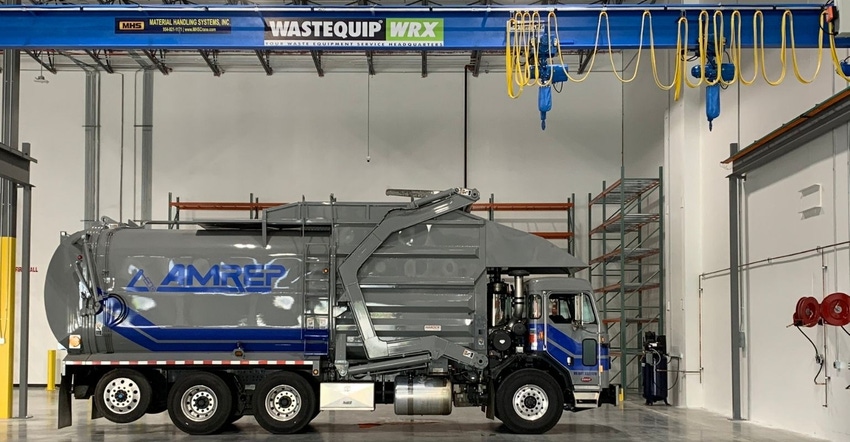December 16, 2020

Sponsored Content
When a truck breaks down mid-route, it can cost you more than just the repairs on the broken part. From potentially using a spare truck to complete the pick-ups and taking your technician out of the shop with a service truck to attend to the problem, it can become an expensive day.
Not only is downtime expensive because of the cost of the repair but the cascade effect and ancillary costs of the situation. What steps do you need to take to keep costs down and your trucks running?
Identify Preventative Maintenance
As a fleet manager, you currently have all the tools needed to properly monitor, maintain, and keep your fleet in order and in compliance while being more cost-effective. How you leverage the operations you already have in place is the difference between big-dollar bills and keeping your truck on the road.
Preventative maintenance is the backbone of nearly every fleet management program. Here’s what to keep in mind:
Go beyond the pre and post-route inspections. This limits unforeseen issues. It's a lot easier and far less costly to address a small leak in a hose than a ruptured hose later.
Inspect all mechanical parts. Look for something irregular in the way it operates. Simply making sure that anything with bearings or a pin is properly lubricated and well maintained will limit unexpected downtime.
Don’t ignore regular maintenance. Neglecting regular maintenance puts the truck at risk of breaking down in the middle of a route. In return, it takes a front line vehicle out of commission while placing a strain on the spare truck that is likely less reliable, potentially breaking down as well.
Predictive Maintenance Is Critical
Predictive maintenance does not replace preventative maintenance but compliments it to avoid costs that occur between services. A dashboard light notification should not be the indicator that something needs to be addressed. By that time, the damage may already be done and could result in a path of additional problems. Here’s what to keep in mind:
Tracking the hours your vehicle is running and logging the hours per part is essential. The data gathered provides metrics and knowledge to know when to solve an issue before it becomes a problem.
Implement a program to track maintenance and performance to use as the basis for analytically measuring your fleet and provide the knowledge to help you plan.
Planning for maintenance in advance provides the opportunity to budget expenses and prepare for when and how many vehicles are out of service.
Know Where to Get Help
Knowing the resources you have to help with repairs can help alleviate this stress. Driving around with equipment that is not operating at its best is dangerous, unproductive, and may be subject to fines. Repair shops like Wastequip WRX offer garbage and recycling equipment repair or a hoist or truck tarp system repair. Factory-trained body fabricators and repair technicians work to improve and accelerate the typical repair process minimizing downtime while maximizing productivity.
You May Also Like


